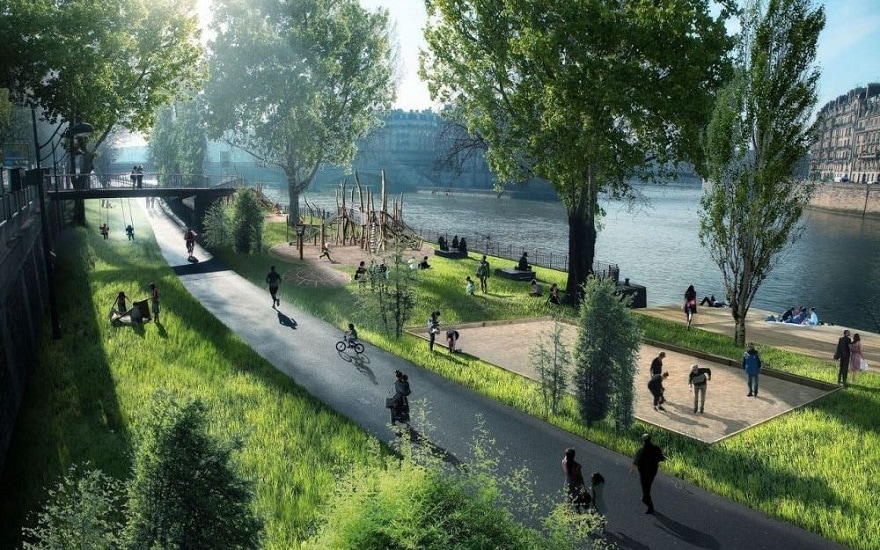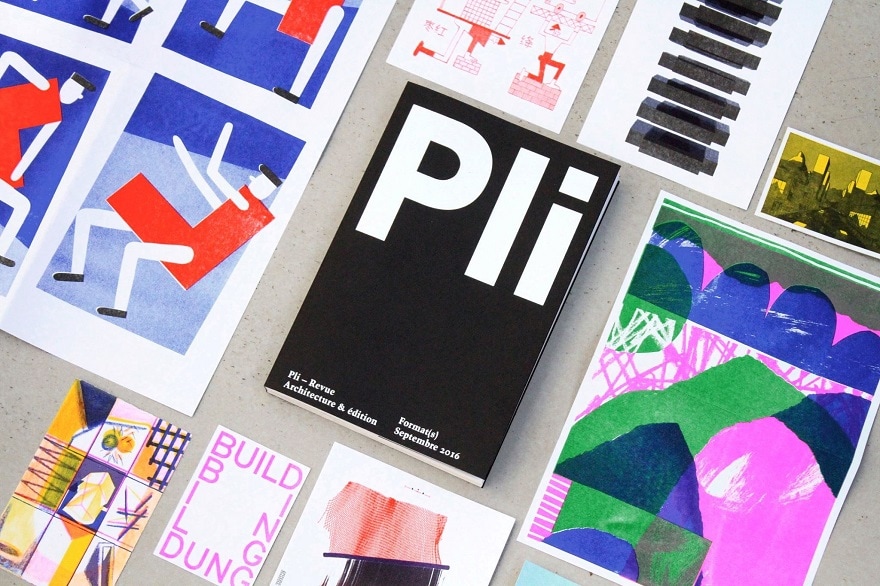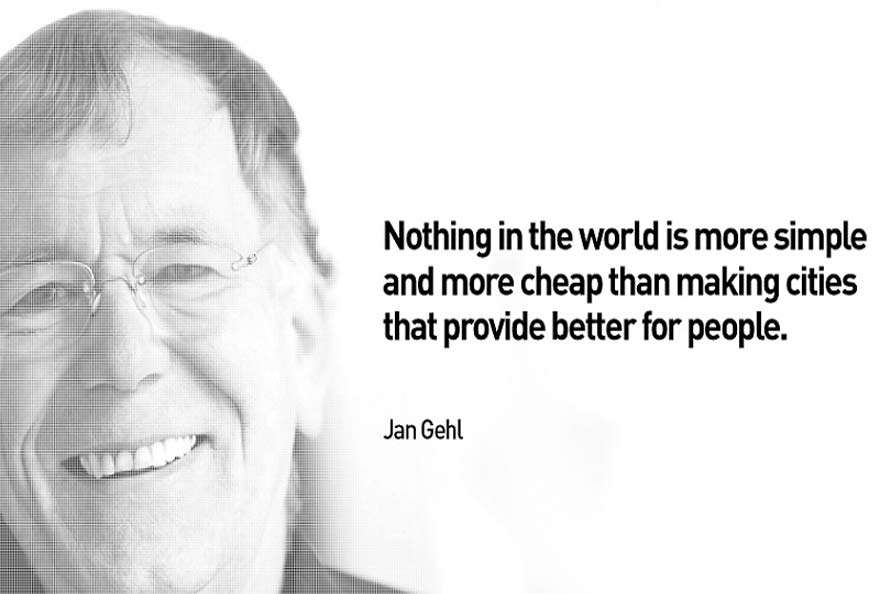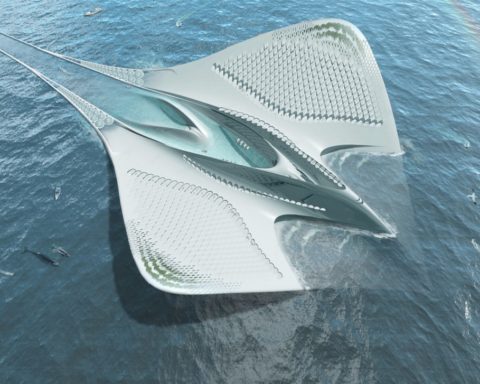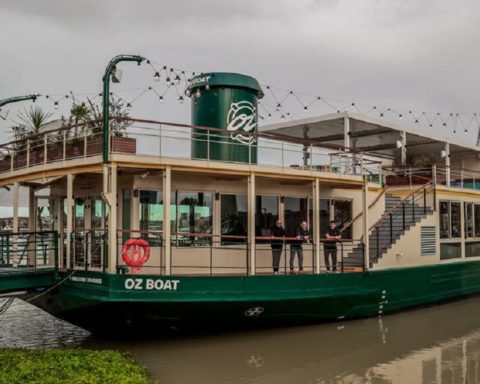On Monday 26 September, the Paris Council approved the pedestrianisation of the banks of the Seine on the right bank. The project therefore definitively closes 3.3 km of the Georges-Pompidou Lane to car traffic, from the entrance to the Tuileries tunnel to the exit of the Henri-IV tunnel.
The mayor of the capital, Anne Hidalgo, welcomed a "historic decision, the end of an urban motorway in Paris and the reconquest of the Seine". Some 43,000 vehicles used to drive along these banks, which are classified as UNESCO World Heritage sites, every day.
Ahis file had been extremely sensitive for years. This pedestrianization project had its defenders and detractors. For the latter, making this stretch of road pedestrianized would cause heavy traffic jams on the upper lanes.
The mayor of Paris, for her part, invokes a problem of pollution and public health. Several renowned lung specialists have recently sounded the alarm against pollution and for the pedestrianisation of the riverbank roads. According to these doctors, air pollution in the capital causes 2,500 deaths a year and takes away more than two years of life expectancy at the age of 30.
The risk is that commission of inquiry calculationsThe project was rejected by the Ministry of Transport and Communications, which issued an unfavourable opinion on the pedestrianisation of the right bank, with 43,000 additional vehicles now using the upper traffic lanes every day, causing additional traffic jams.
A final municipal by-law will follow the vote in a few weeks. It must receive the assent of the Paris police prefect, Michel Cadot, who has the last word on traffic in the capital. Indeed, the prefect has set out the preconditions for any closure: the possible reversibility of the project in the event of major traffic difficulties for a period of 4 to 6 months, the suspension of other road projects that could impact traffic along the banks (development of zones 30, squares, etc.), the maintenance of permanent access for emergency and rescue services and rigorous monitoring of the impacts of pollution and traffic. Conditions which are, for the most part, taken up by the public commission of inquiry.
What are the effects on traffic?
According to the Prefect of Police in Paris, in a interview with Le Monde newspaper On September 23, there was a shift of 500 to 700 vehicles/hour on the high platform, depending on the day's schedule, and a shift of some 400 vehicles/hour on Boulevard Saint-Germain.
"But overall on this Tuileries-Hotel de ville section, which is monitored by the City, the traffic delay does not, at this stage, result in a major traffic disruption. The development of the traffic light rhythm, particularly at the Pont-Neuf, and the reduction in work have undoubtedly facilitated the flow of traffic.
On a wider section, however, the Public Order and Traffic Directorate observed detention points upstream of the Concorde. All the more so as, at the Warsaw square in the direction of the low platforms, work has led to the removal of a traffic lane to create a bus corridor. These restraints, which may explain the impression of heavy congestion among people, result, for a crossing from Porte de Saint-Cloud to Porte de Bercy, in a loss of speed of the order of 5 km/hr. Thus, there are restraint points, but no major slowing of speed. However, these initial observations need to be refined. »
The City's studies through empirical counts carried out by the services of the Prefecture will be enriched with data from the services of the regional and interdepartmental directorate of equipment and development of Ile-de-France.

Chain reactions
This proposal to close the tracks on the right bank was approved by all left-wing parties (PS-PCF, PRG, PG) and environmentalists. On the right, the groups Les Républicains and UDI voted against, the MoDem abstained.
Yann Arthus-Bertrand declared in Le parisien: " I sensed such an outcry from the opponents against this project that I thought that we had to act. ". On 29 August, he launched a petition entitled "Yes to the pedestrianisation of the riverbanks" co-signed by MEP José Bové and former minister Corinne Lepage, and signed by more than 1,700 people. "For me, reducing the number of cars in the city is not a political issue but only a matter of common sense and general interest. We're suffocated by cars in Paris. Pollution kills 6,500 people every year in the metropolis of Greater Paris. If this project can save even one child's life, it's worth doing. ".
Another reaction was that of Philippe Bailly - again in Le parisien - who decided to launch his petition on the site change.org, collecting more than 2000 signatures, to oppose the "passage en force" of the town hall: "It was a totally individual and spontaneous initiative." explains this boss of a small consulting firm based in Boulogne (Hauts-de-Seine), hastening to point out that he is neither a fan of "cars" nor a right-wing activist. "Just a motorist, living in the Hauts-de-Seine region, who needs his car for his 4 to 5 daily business trips in Paris. "Looking for alternatives to the car is very good. But they have to be put in place first before closing lanes. Paris wants to do the opposite. Anne Hidalgo puts the cart before the horse."He concludes by denouncing a project that is more ideological than pragmatic.
Unsurprising reactions: everyone knew that the city of Paris' desire to definitively close the embankment roads to car traffic would lead to a fierce battle, so heavy are the foreseeable consequences.
And Parisians in all this?! 55 % of Parisians are in favour of pedestrianisation of the right bank of the Seine, according to an sFIFG wave carried out from 16 to 21 September with 1,006 people. Parisians in the central districts directly concerned by the postponement of traffic on the high platforms support the measure at 62 %, according to the survey.
The measure is politically divisive. Very many left-wing supporters (73 %), only 36 % support it among voters on the right and centre. Support is highest among young people aged 18-24 (69 %). The survey indicates that 66 %s of blue-collar workers and 63 %s of white-collar workers support it. Finally, 39 % of Parisians who have a car agree with its decision to prohibit them from driving along the river.
What are the traffic alternatives in Paris?
Improve the fluidity of public transport while making it more pleasant and less expensive, create park-and-ride facilities, encourage carpooling (Coovia, Tisséo in Toulouse,...), increase the number of cycle tracks, ride electric scooters and motorbikes... (Cityscoot)... so many possible alternatives to the reduction of urban traffic to allow the city to breathe.
Let's not forget: nearly 66% of the population is expected to live in the city in 2050!
"What we need to do now is to build liveable, healthy and sustainable cities." advocates Danish architect and urban planner Gehl. A subject that he develops further in his books "Cities for People" and "Life Between Buildings", and which he details in the documentary "The Human Scale". His research and theories have inspired many generations of urban planners who are campaigning for a city on a human scale.
Making public life the driving force of urban planning: in 2009, Copenhagen drew up a forward-looking plan called "A Metropolis for its inhabitants", based on the work of Jan Gehl. "The city council has decided through a strategic plan to make Copenhagen the best city in the world. It is interesting to dwell on some of the key arguments developed: we need to walk more; we need to spend more time in public spaces; we need to leave our private sphere more often. »
Gehl explains the consequences: "It improves life in society, it's good for the climate, and it's good for our health. If everyone spent more time in public spaces, the city would become safer, more exciting, more lively and more interesting for everyone. This is one of the key elements of democracy in our societies: making sure that citizens meet each other throughout their day, and that this diversity is crossed outside the walls and screens. » Giving access to all available urban spaces is part of the solutions for a more pleasant city, and it is not the Experimental Urban Bathing Laboratory who will contradict Jan Gehl!
Olivier Razemon assures in his book "Comment la France a tué ses villes" (ed. Rue de l'Echiquier) that "". It takes constraints to change habits.". Not a congestion charge, as was done at London, or drastic traffic rules, like in Milan, but... "a reduction in the public space dedicated to the car".
"We're bipedal animals that evolution has developed to travel at a slow rate of about 4.5 kilometers per hour." explains Gehl when he talks about our senses. "A good city is a city built around the human body and its senses. We must optimize our ability to move around and experience our senses in a controlled environment. For many years, we have broken these natural laws for the well-being of the automobile at the expense of human well-being. Compare the experience of walking between Venice and Brasília, and you will see which one is most conducive to the use of your human senses. »


